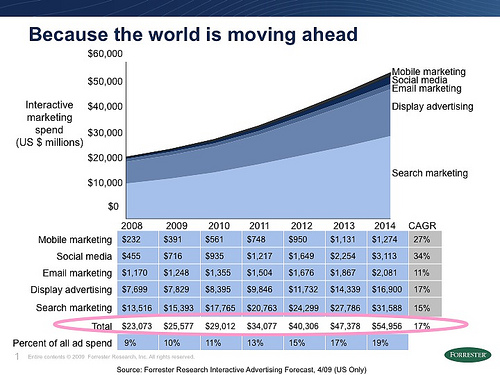This year is a good year for Old Spice. Starting with the “Smell Like a Man, Man campaign” followed by the successful Old Spice Man viral videos, the once quiet brand is now stirring up plenty of buzz among marketers and consumers alike. When I went to the Society for New Communications Research 5th Research Symposium earlier this month, I attended a session where Old Spice brand manager James Moorhead told the stories behind the recent marketing success. In this blog, I’d like to share some of what I learned with you.
Campaign Summary
The Old Spice marketing campaign is called “Smell Like a Man, Man”. So far, the campaign has gone through three phases:
Phase 1: Launched around the Superbowl time, it uses humorous vignettes featuring a sexy man to convey the brand’s role in the journey from a young man to full manhood. During that same time period, Dove was planning to launch a competing new men’s personal care product line Dove Men+Care on Superbowl. But Old Spice decided to launch its campaign “around” Superbowl rather than on Superbowl for cost efficiency and proper audience reach (more on that later). Below is a commercial from this phase.
Continue reading “Best Practices — Old Spice Marketing Campaign”

